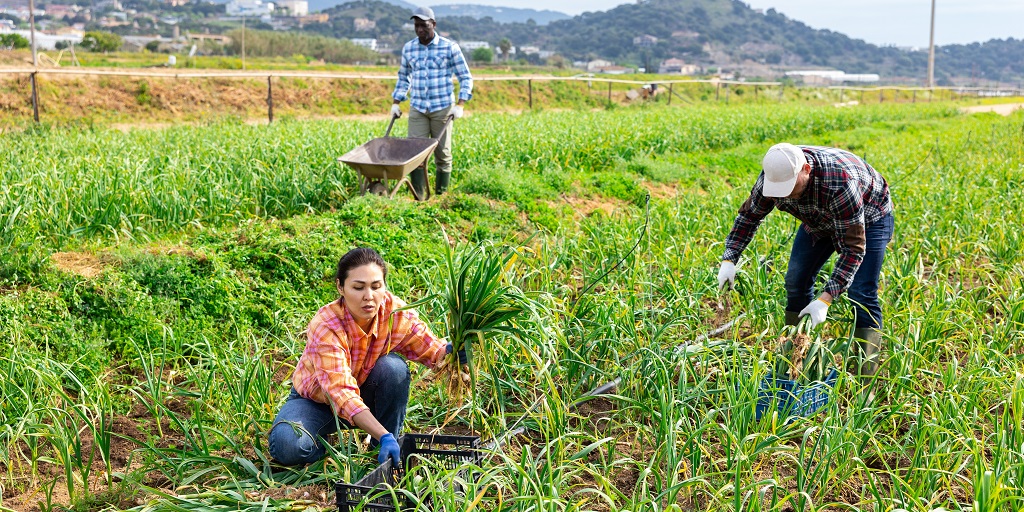As Thanksgiving approaches, many cooks are busy planning their holiday meals. However, this year’s Thanksgiving meals will likely be more expensive as food prices soar. This is partly due to America’s ongoing labor shortage in agriculture, especially for fruit and vegetable crop production, where 57.0% of workers are immigrants.
Farm workers are fundamental to America’s critical food infrastructure. However, as labor shortage in the food production industry persists, our supply of fresh fruits and vegetables relies increasingly on imported produce. In 2021, the United States Department of Agriculture (USDA) reported that the value of imported fruits and vegetables reached record levels. Since 2000, the volume of fruit and vegetable imports has doubled and the inflation-adjusted value of those imports more than tripled.
While labor costs are about 10% of the total farm income in most farming industries in the United States, they are 27.7% of total farm income on U.S. fruit farms and 23.1% on vegetable farms. This makes these farms particularly sensitive to rising labor costs.
From 2005 to 2020, wages of crop workers grew at a rate of 66%. This was faster than the wage growth for high school graduates (33%) and college graduates (40%), according to data from the USDA wage survey and U.S. Census Current Population Survey.
One reason for the current labor shortage in crop production is the lack of interest in agricultural work from younger workers. With fewer of them entering the industry, the agricultural workforce is getting older. Between 2006 and 2019, the average age of U.S.-born agricultural workers rose from 35.9 to 36.7 years old, while immigrant crop workers aged even faster, from 35.7 to 41.6 years old, according to data from the USDA Farm Labor report.
An older crop production workforce is also more vulnerable to health complications like heat stress caused by severe heat events due to climate change. A 2008 study from the Centers for Disease Control and Prevention found that farm workers were 20 times more likely to die from heat stress-related complications than other workers in the United States.
Severe heat events are placing the lives and health of our essential crop workers at risk, creating dangerous working conditions. They also leave less time for workers to harvest most fruits and vegetables, putting our food production system under severe pressure. More needs to be done to monitor the working conditions of our crop production workers and protect them from heat-related illnesses and deaths.
The impact of the labor shortage in the crop production industry is far-reaching, even beyond the Thanksgiving holidays. Since immigrant workers are essential to America’s food supply, implementing immigration policy changes like increasing the number of H-2A temporary visas for foreign-born farm workers and streamlining the approval process would help alleviate some of the labor shortages in the industry and make the food on our dinner tables more affordable.
FILED UNDER: Farmworkers


